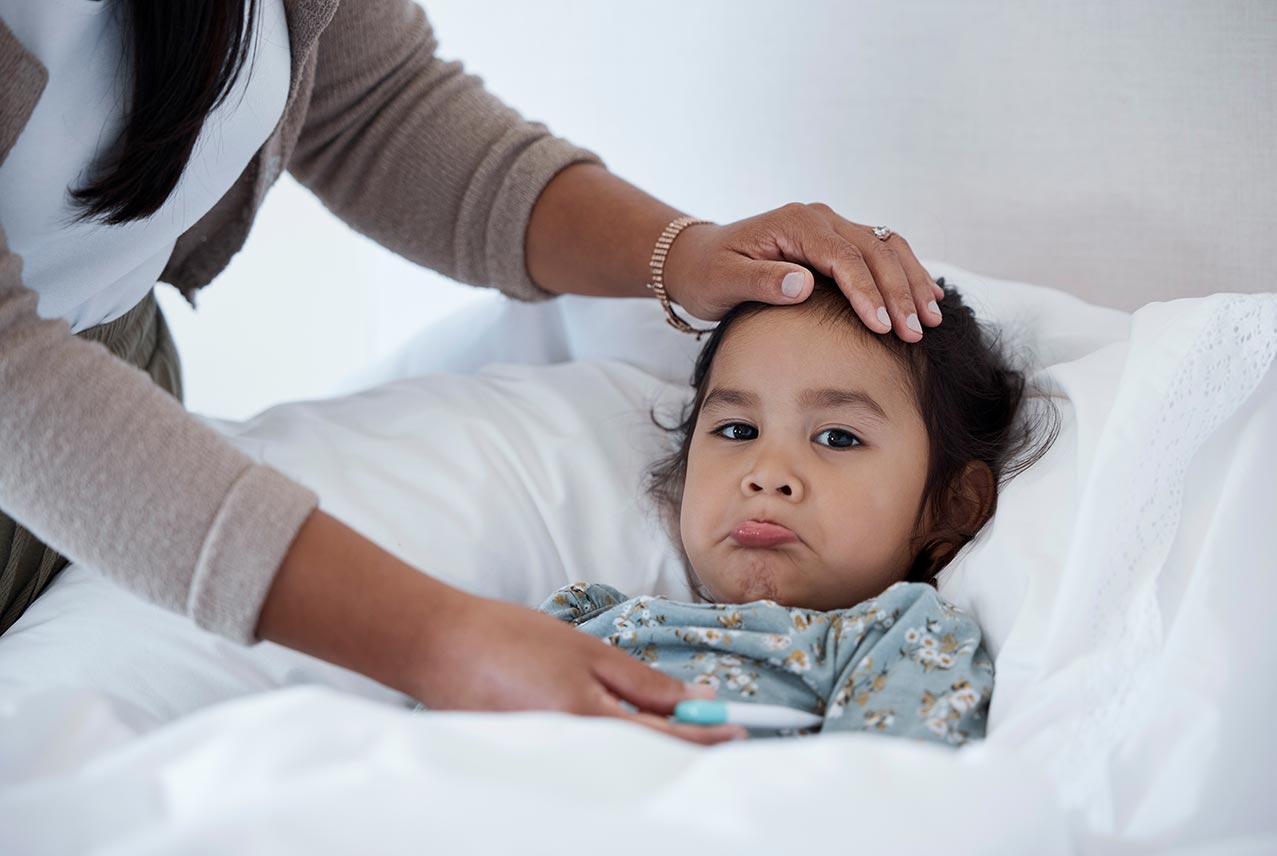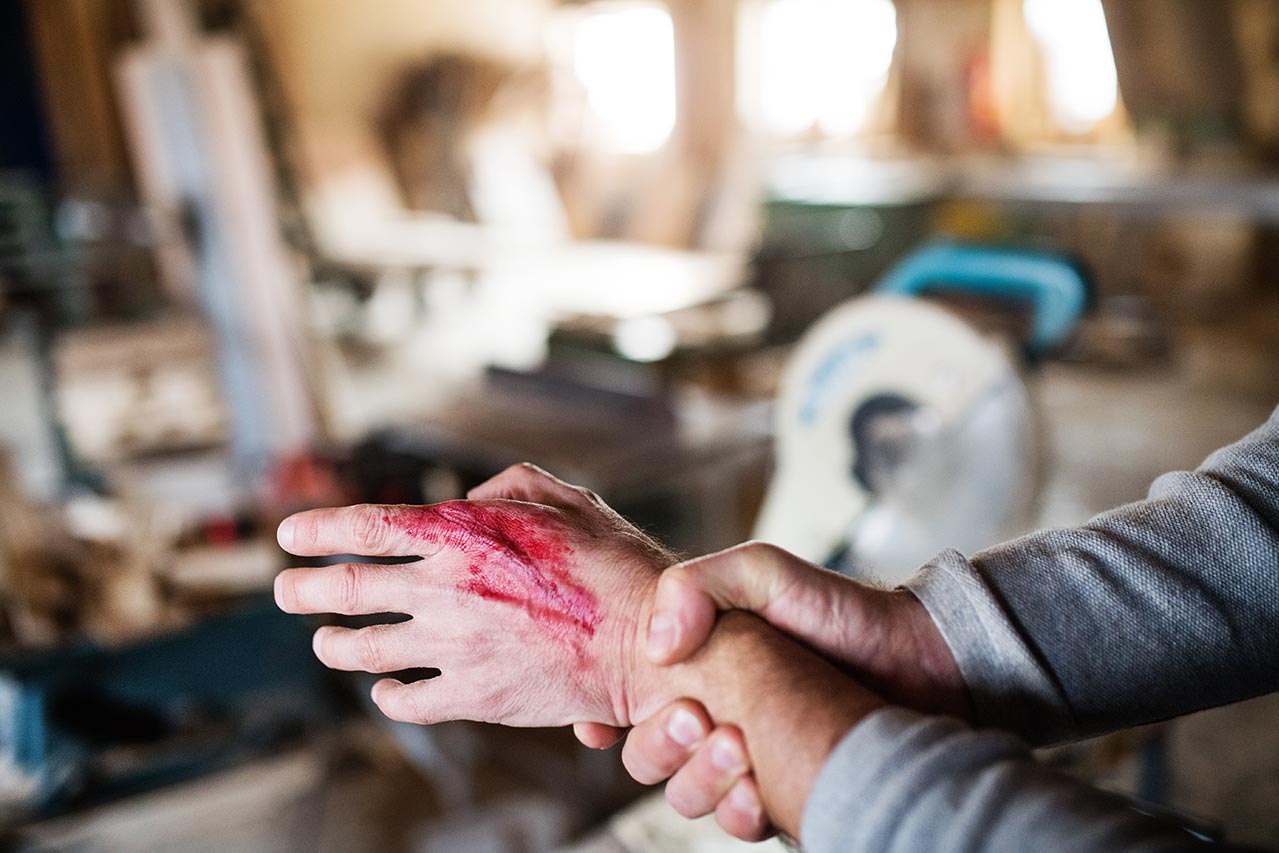
July means summer sun for people in most parts of the country. We like to go out and soak up the sunshine at beaches, open-air restaurants, and in nature. But with all that sunshine enjoyment, don’t overlook the risks associated with the sun’s excessive exposure. July is UV Safety Awareness Month. Let’s discover more.
UV Safety Awareness Month raises awareness about the importance of skin protection and eyes from the harmful effects of ultraviolet rays. The American Safety and Health Institute says it only takes 15 minutes for the sun’s ultraviolet (UV) rays to start damaging your skin. (ASHI and Medic 2020)
The ill-effects of sun rays damage include premature skin aging, immune system suppression, vision problems, and the most common, skin cancer.
According to the Skin Cancer Foundation, over 9500 people are diagnosed with skin cancer every day in the US. Here are a few more alarming statistics:
- In the US, over two people die of skin cancer every hour
- 1 in 4 Americans will develop skin cancer by the age of 70
- Having five or more sunburns increases the risk of melanoma 2X
- In 2021, the number of melanoma deaths is expected to increase by 4.8 percent
- Ultraviolet (UV) radiation is a proven human carcinogen
What is UV Radiation?
Ultraviolet (UV) radiation is a form of electromagnetic radiation coming from the sun and artificial sources like tanning beds, black-light lamps, mercury-vapor lamps, and welding torches. (American Cancer Society 2019)
There are also different types of UV rays, based on the energy they have, divided into three main groups:
- UV-A rays have the minimum energy among UV rays. These rays can cause skin cells to age and some indirect damage to cells’ DNA. The sunrays are mainly linked to long-term skin damage such as wrinkles, but they may also cause some skin cancers.
- UV-B rays have more energy than UV-A rays and can damage the skill cells’ DNA directly. These are primary rays that cause sunburns and can also cause most skin cancers.
- UV-C rays have more energy than the other two UV rays. For the same reason, they react with high ozone in the atmosphere and don’t reach the ground. It’s usually not a reason for any skin cancer. However, these rays emit from human-made sources like UV sanitizing bulbs, welding torches, mercury lamps, etc.
(American Cancer Society 2019)
The sun emits both UV-A and UV-B rays. The UV rays’ strength that reaches the ground depends on various factors, such as:
- Time of day: In the continental United States, UV rays tend to be strongest from 10 AM to 4 PM
- Changing seasons: UV rays are stronger during the spring and summer months. It’s less of a factor near the equator.
- Latitude distance from the equator: UV exposure reduces as you get farther from the equator.
- Altitude: More UV rays reach the ground at high-altitude regions.
- Clouds: While the effect of clouds can vary, the UV rays can penetrate to the bottom, even on a cloudy day.
- Reflection off surfaces: UV rays can bounce off surfaces like sand, snow, water, pavement, or even grass, increasing UV exposure.
- Air content: For example, ozone in the upper layer of the atmosphere filters out some UV radiation.
(American Cancer Society 2019)
It’s not advisable to avoid sunlight altogether. Limiting sunlight exposure is unhealthy and can cause other health issues. Taking precautions is essential, especially in summer. Here are a few ways you can protect your skin from the sun:
- When outdoors, stay in the shade using an umbrella or standing under a tree or shelter whenever required. It is important, especially during midday hours, to limit UV exposure from sunlight.
- Protect your skin with covered clothes like longer sleeves or full pants, covering your arms and legs. Clothes stitched from tightly woven fabric offer excellent skin protection.
- Wear a hat that offers maximum UV protection – one that has a brim all the way around that shades your face, ears, and the back of your neck.
- Sunglasses help you reduce the risk of cataracts by protecting your eyes from UV rays. Wrap-around sunglasses work best as they block UV rays from the sides as well.
- And don’t forget to use the right sunscreen. It helps protect the skin that isn’t covered with clothing. Re-apply it if you are outdoors in the sun for more than 2 hours and after sweating, swimming, or toweling off.
The US Centers for Disease Control and Prevention (CDC) also recommends ways for communities to help prevent skin cancer by reducing sun exposure, including educational interventions in schools and providing shade at schools, recreational sites, and work sites. (American Cancer Society 2019)
Sun Safety
If you face any health issues or skin problems due to excessive sun exposure, seek medical help immediately. Some burns can actually be severe enough to be classified as a 1st or 2nd degree burn requiring medical treatment. Your doctor will do the screening and evaluate your next steps.
Work Cited
Cancer.org, American Cancer Society. “Ultraviolet (UV) Radiation.” Cancer.org, 10 July 2019, www.cancer.org/cancer/cancer-causes/radiation-exposure/uv-radiation.html.
ASHI, American Safety & Health Institute, and Medic First Aid Medic. “Ultraviolet (UV) Safety Awareness.” Ultraviolet (UV) Safety Awareness , ASHI and MEDIC First Aid Blog, 21 July 2020, https://emergencycare.hsi.com/blog/ultraviolet-uv-safety-awareness.





